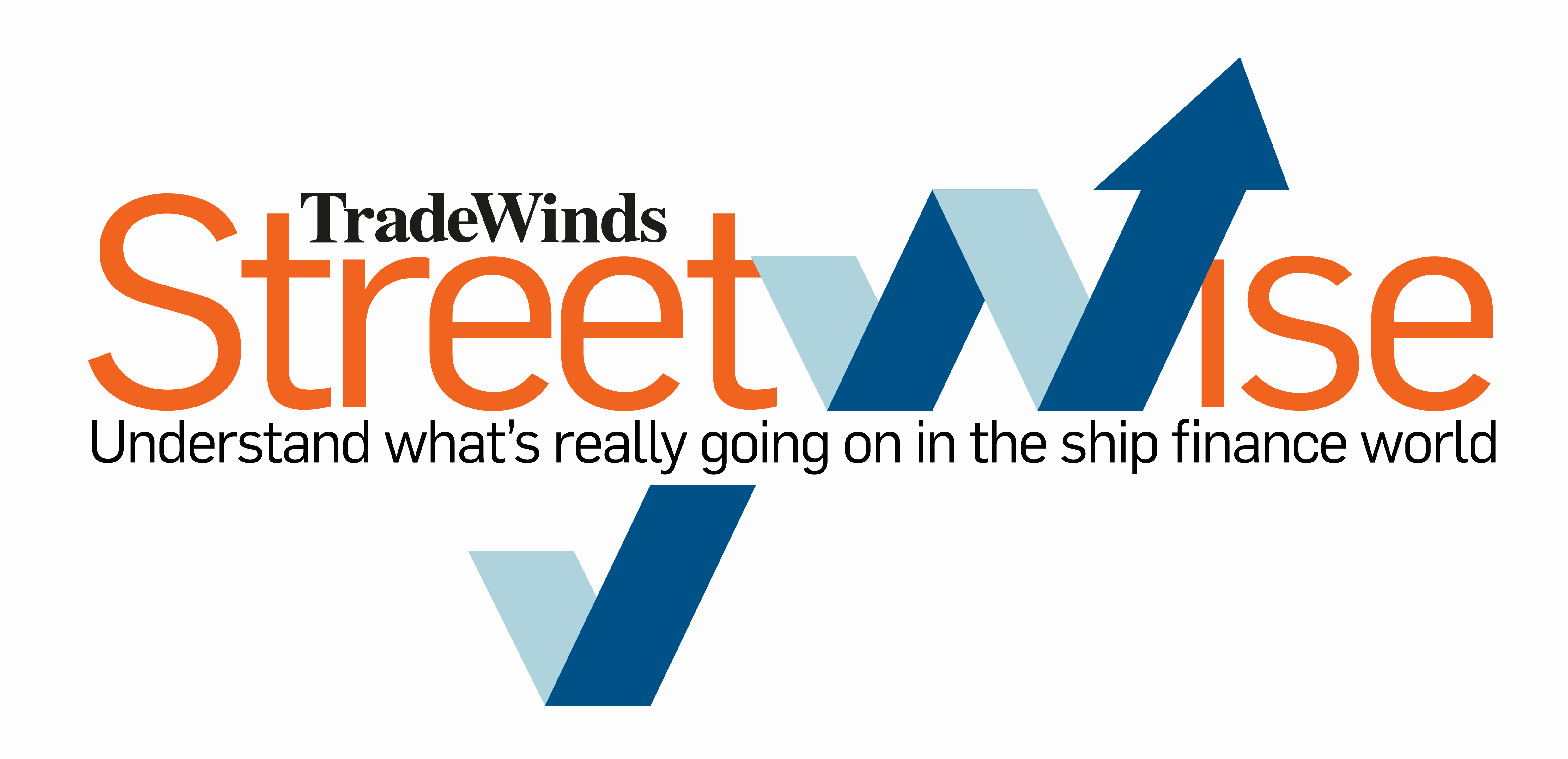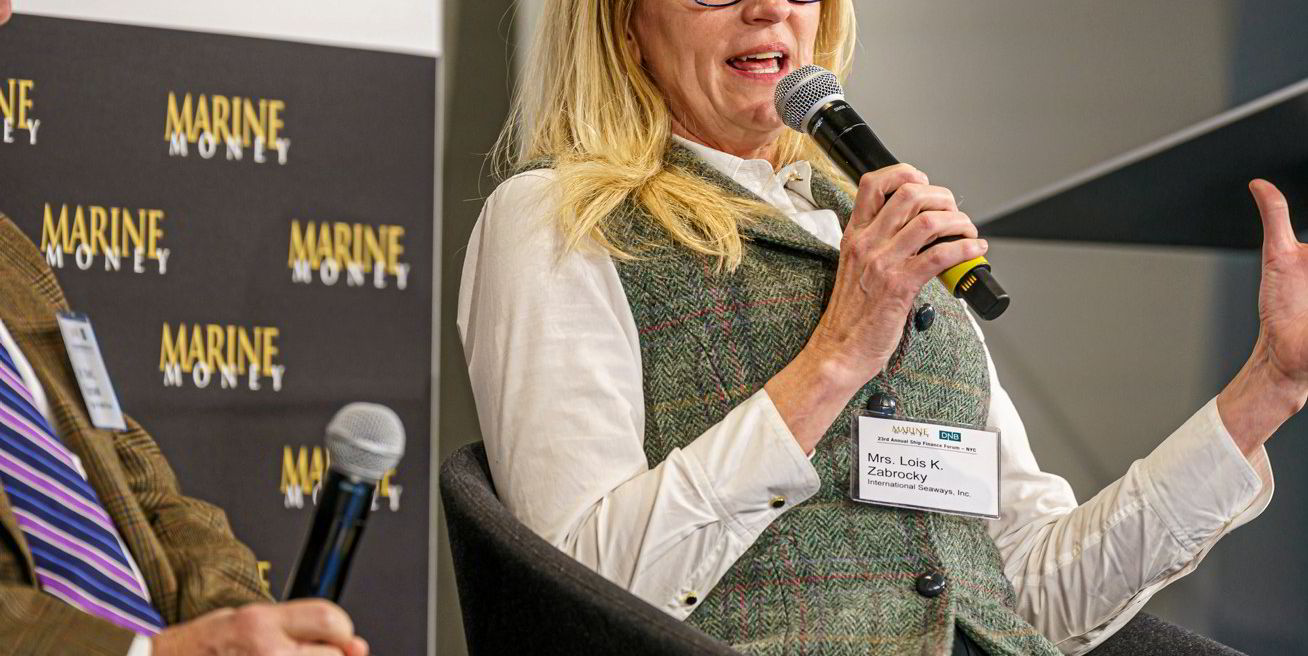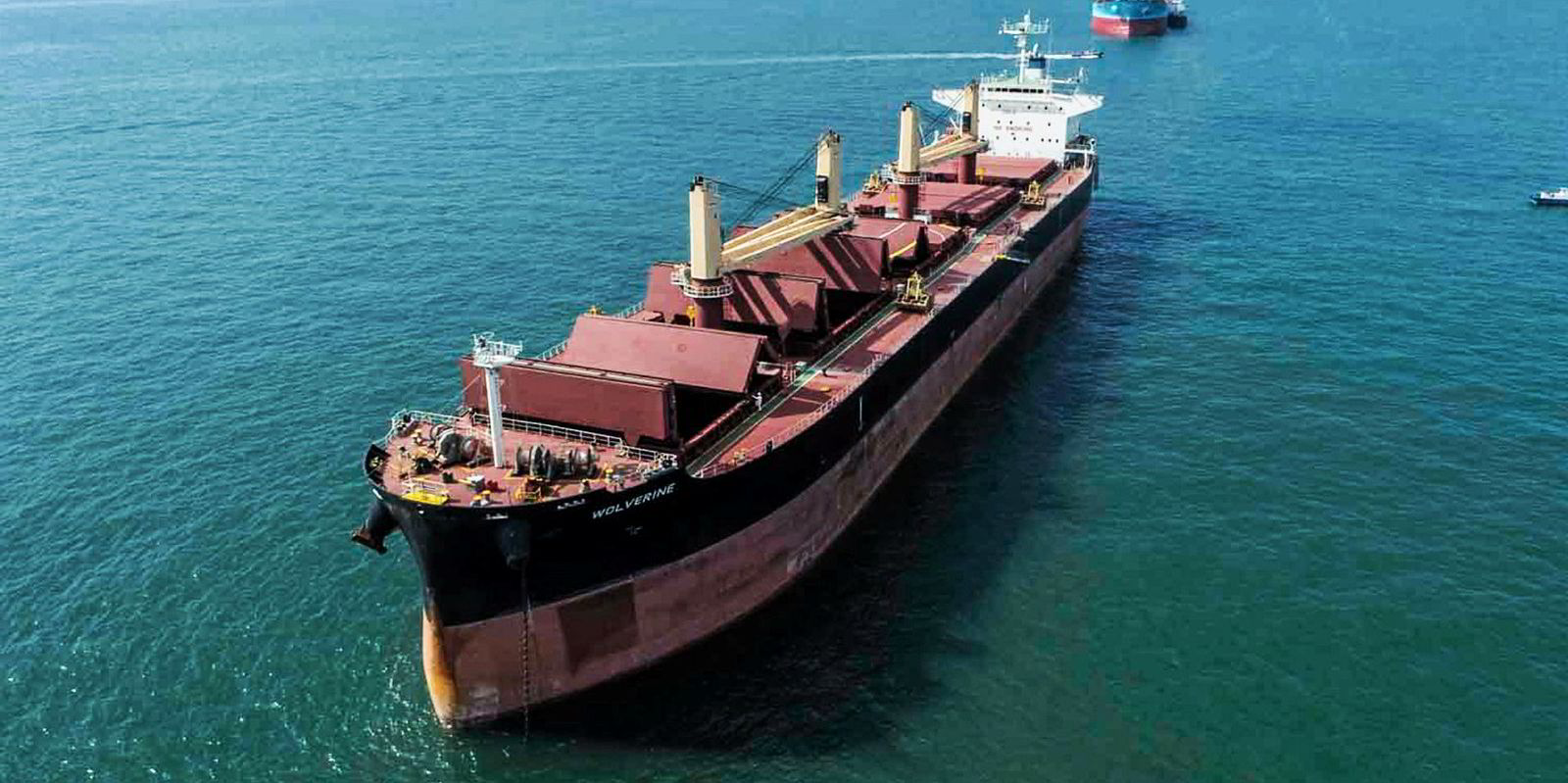With earnings reports for the fourth quarter of 2022 set to begin this week, each major shipping operating sector will be looking to put the best face on results.
For owners in the tanker market, dwelling on the quarter just passed might be the best approach. Nearly every tanker operator will report its strongest three months of 2022 when the numbers hit.
For dry bulk, the focus might well be on what is to come following the Chinese New Year celebration and a seasonally slow start to 2023, as their fourth-quarter 2022 earnings will be that year’s weakest.

And for the container ship market, perhaps the less said the better, as a boom-to-trough transition has companies dwelling on cost-cutting and cash preservation for some tough quarters ahead.
The state of play facing each sector was laid out in an earnings preview on Monday by US investment bank Jefferies and lead shipping analyst Omar Nokta.
“Tanker owners are positioned for another strong earnings period as they report [fourth-quarter] results in the coming weeks,” Nokta told clients.
“Most crude and product players are set to showcase their highest quarterly earnings of 2022 as spot rates across most tanker segments continued to push upwards.”
Indeed, one major tanker player did even better of that. In a recent online Capital Link presentation, International Seaways chief executive Lois Zabrocky tipped that the fourth quarter will be the strongest since the company was launched in 2016.
Jefferies projects eight of the nine tanker companies under its coverage to earn more in the quarter just passed than in any period of 2022. Irish owner Ardmore Shipping is the lone exception, with a $1.24 per share profit estimate just a click below the $1.59 in the third quarter.
While 2023 has started slower in both crude and clean product markets, the outlook is more nuanced and complex than negative.
Factors affecting the outlook include the fallout from the 5 February European Union ban on clean cargoes, Opec+ production levels, a return of product imports from the US Gulf after refinery shutdowns amid freezing weather and the likely reopening of China from “zero Covid” protocols.
Jefferies expects all seven of the owners with fleets containing some or all crude carriers to earn more in 2023 than 2022, with Teekay Tankers a highlight in jumping to an estimated $11.22 per share from $5.56.
The two product carrier owners are to fall, but from great heights: Scorpio Tankers to $8.44 per share from $11.57, and Ardmore to $2.42 from $3.61.
Come what may on the demand side of the market, Nokta pointed to how tanker companies bolstered balance sheets in 2022, with an average net loan-to-value of 22% at year’s end down from 50% a year ago.
The dry guys
Jefferies expects all six dry bulk owners under its coverage to report their weakest earnings of 2022 in the coming weeks.
Not to be ignored, however, is that Nokta pegs all six to turn a profit, with Eagle Bulk Shipping leading the pack at $2.55 per share in net income.

“Seasonal headwinds have impacted dry bulk, as spot rates slipped recently to below $10,000 per day for all four vessel segments,” Nokta told clients.
“The ingredients are in place, however, for a recovery in the coming months, especially post-Lunar New Year which could be further supported by China’s reopening.”
Company guidances for the seasonally weak first quarter are likely to be underwhelming, but management teams will seek to steer investors beyond that period, and Jefferies is looking past it too.
It expects all companies under its coverage to be solidly profitable, though at levels moderately below the 2022 performance.
Eagle Bulk is tipped to take the steepest fall to $5.39 earnings per share on the year, down from $16.06. The company operates in the midsize sector with no capesizes, the vessel class likely to be most advantaged by a Chinese rebound in steel production.
Jefferies has the least to say about companies in the container ship segment, which saw rates swoon in 2022 after an unprecedented boom market that left them with muscular balance sheets.
“We expect containers to remain pressured as liners focus on right-sizing their capacity across key routes,” Nokta wrote.





